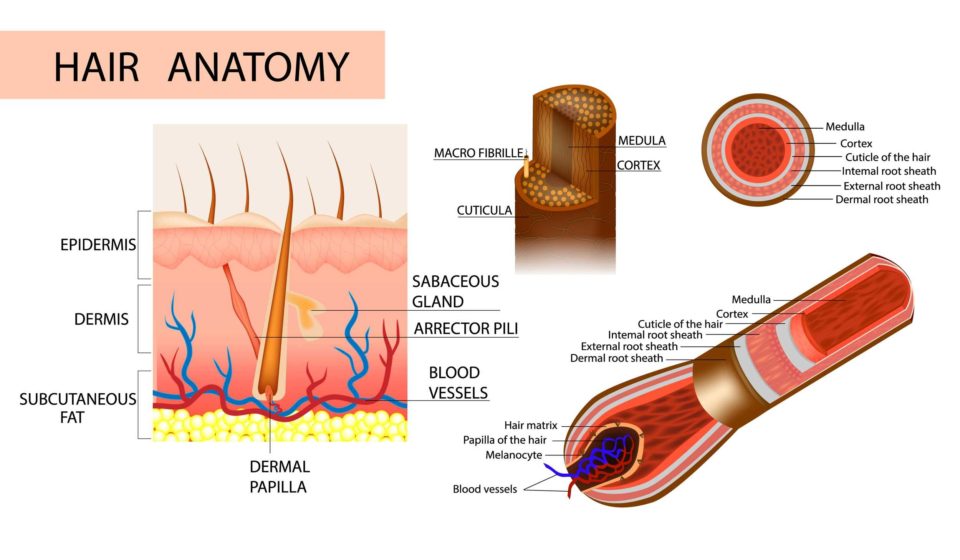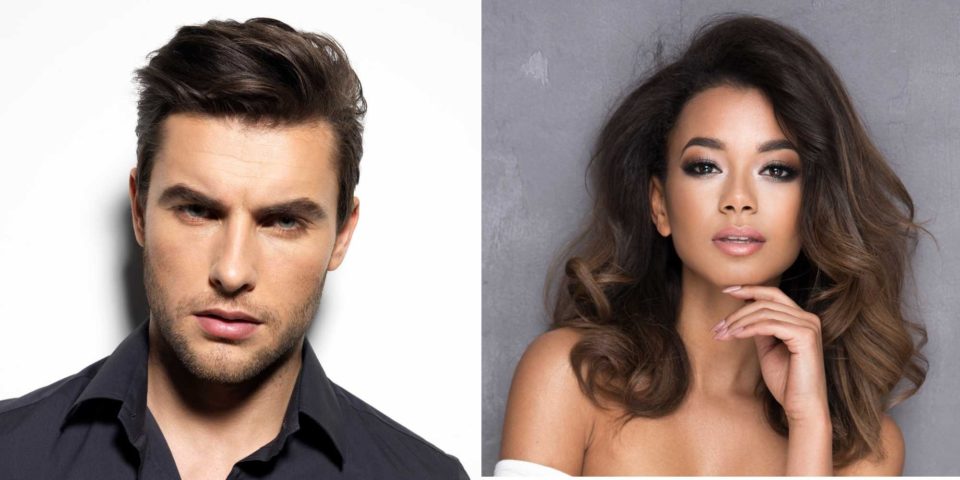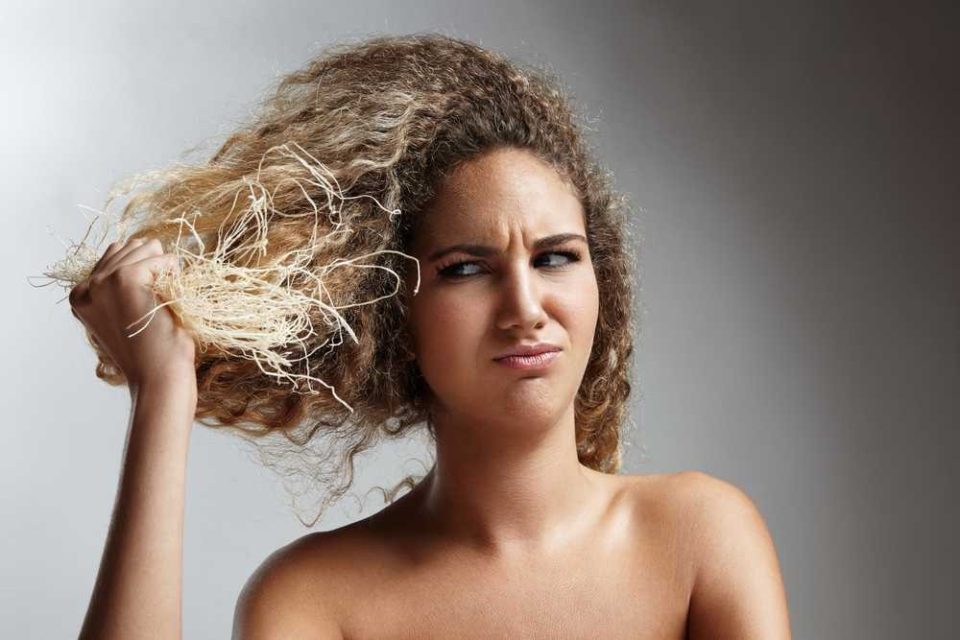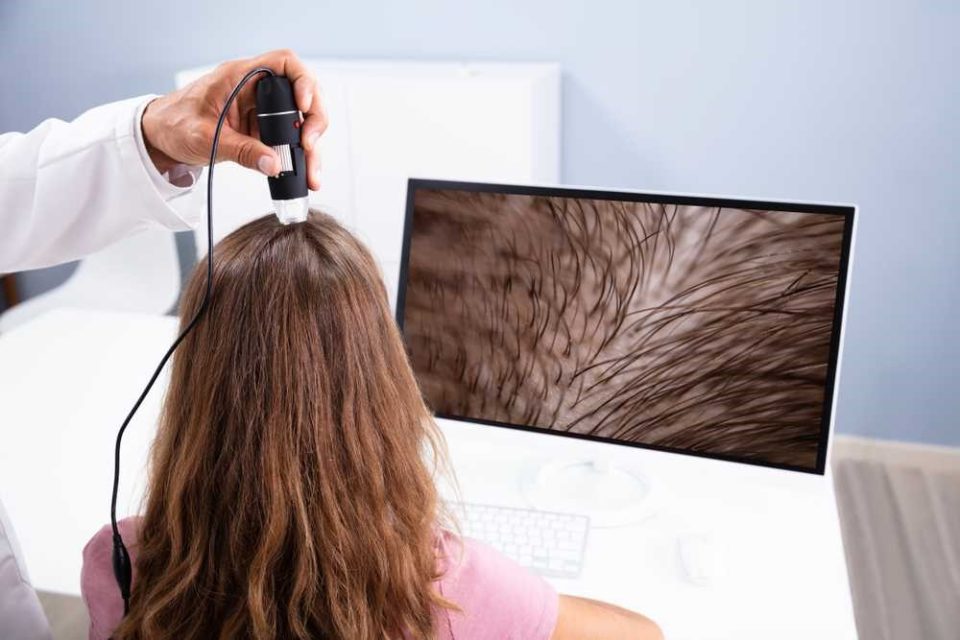About Human Hair

Human hair is made up of keratinized cells. That is, cells that have gone through a process of change whereby the cells lose their organelles – their nucleus, mitochondria, ribosomes etc. The cells are stretched and flattened, hardened and cemented together as they travel from the base of the hair follicle up the hair shaft. Once we see the hair above the scalp, the hair is fully formed and keratinized, and the cells are said to be dead.
Hair has several purposes: it protects the scalp from harmful UV rays, senses air and movement on the skin, and, perhaps most importantly, it functions as a attractant to a sexual partner, much like the feathers on the tail of a peacock. This is why hair loss solutions are so popular today, as people strive to maintain their youthful attractiveness.

An important characteristic about hair is its water content. Before cells begin to keratinize, they are composed of about 70% water, or sometimes even more. By the time cells are fully keratinized in the hair shaft, the hair contains only about 10% water. Moisture in the hair shaft can vary depending on the humidity of the climate one lives in. So in a very humid climate, moisture content in hair can rise to as much as 30%. It is important to note that dry hair is due more to climate then it is to the nature of a person’s hair. Therefore, washing hair leads to more moist hair, and a lack of washing leads to dryer hair. Chemical treatments can also lead to dry hair, as the damaged hair is less able to hold onto any moisture it obtains from its environment.

Scalps lacking in the production of sebum can also lead to dry hair. However, on the surface of the scalp, near the roots of the hair, several days without washing can lead to oily hair at the roots. This is because sebaceous oil from sebaceous glands within the hair follicle deposit oil on the hair shaft as it grows. This oil can build up on the scalp and roots of the hair if it is not washed off frequently. The build up of oil on the hair and scalp can lead to several problems: bad odour, increased bacteria on the scalp, flaking, and inflammation.

Hair follicles are scattered throughout the body, however, not all of them produce hair all the time. On the body, only about 20% of hair follicles are in the growth stage at any given time. However, on the scalp, 85 to 90% of hair follicles can be in the growth stage at any time. The other 10% to 15% are in resting stages (see Hair Growth Cycle). [link to page] One of the ways we can tell if a person is shedding more hair than normal, is by comparing the number of resting hairs to the number growing hairs. This is done with help of microscopic analysis and pull tests. If there is more than 20% of scalp hair in the resting stage, this could be an early sign of thinning hair.
